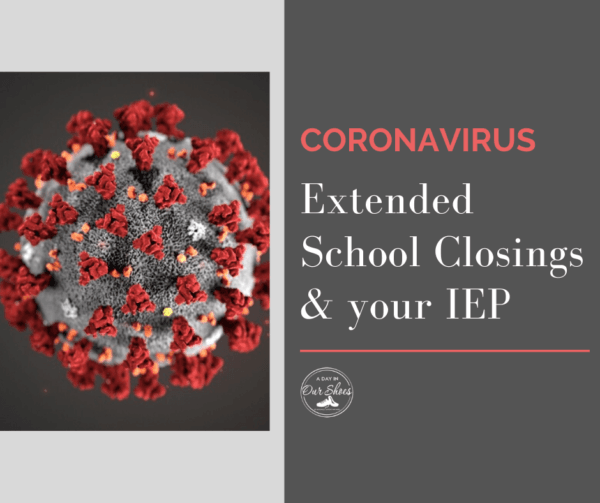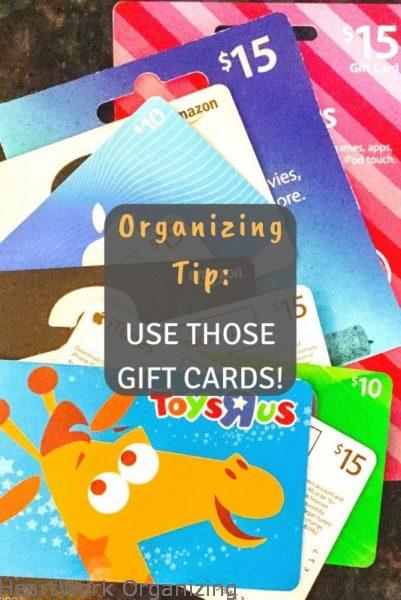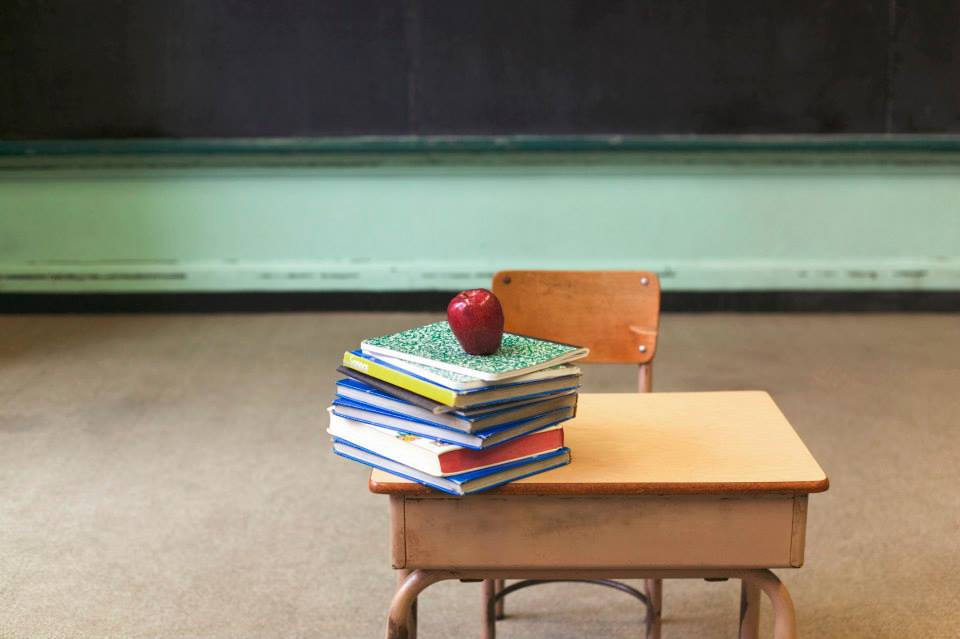The release of a new Pixar movie is always cause for celebration. So we've already got our tickets to see Inside Out when it hits theaters on June 19 (preceded by Pixar short Lava). And according to MomSpeaker EJ Curran of Four Little Monsters — whose whole family attended a prescreening and Q&A with its Oscar-winning director and producer — says the innovative studio's latest film is a worthy successor to the heart-tugging genius of Toy Story, The Incredibles, Finding Nemo, Cars, Up, Brave, Monsters Inc. . . . Here's her sneak peek.
Disney Pixar's newest movie, Inside Out, premiered less recently at the Cannes Film Festival and met with rapturous applause and rave reviews. In true Pixar form, Inside Out takes audiences on another unique, beautiful adventure: inside the head of Riley, a 12-year-old girl. This movie really makes you feel all the feels and rightly so, since Riley's inner voices are the story's main protagonists. Joy, the leading emotion inside Riley's head, is a glowing, blue-haired, fairy-like character voiced by Amy Poehler. Her companions inside "headquarters" (Riley's brain) are Sadness (Phyllis Smith), Fear (Bill Hader), Disgust (Mindy Kaling) and Anger (Lewis Black).
 Four Little Monsters touched base with Academy Award-winning director Peter Docter and producer Jonas Rivera for a pre-screening of Inside Out, a question-and-answer session and some very cool one-on-one time between these real-life Disney Pixar heroes and our own little monsters. Of course, we brought Sully and Mike Wazowski along for the adventure; Sully was more than thrilled to meet his maker (pictured here). Both Docter and Rivera were generous with their time and patient with our silly kids, who couldn't wait to hug the creators of some of their most beloved animated friends.
Four Little Monsters touched base with Academy Award-winning director Peter Docter and producer Jonas Rivera for a pre-screening of Inside Out, a question-and-answer session and some very cool one-on-one time between these real-life Disney Pixar heroes and our own little monsters. Of course, we brought Sully and Mike Wazowski along for the adventure; Sully was more than thrilled to meet his maker (pictured here). Both Docter and Rivera were generous with their time and patient with our silly kids, who couldn't wait to hug the creators of some of their most beloved animated friends.
Explaining how Riley's inner voices were developed, Jonas Rivera said, "We decided early on that it [the brain] should be more abstract, not cells and DNA… more metaphorical." Therefore, the inner workings of the brain became the protagonists, memorable characters who exist inside Riley. Riley is a preteen when her family moves from Minnesota to San Francisco, setting the stage for a whirlwind of emotions and changes inside her brain as she reacts to her new environment. "As a parent, the most heartbreaking thing is they [your kids] begin to give up these things you know they loved," said Docter. At this pivotal age in Riley's life, she has to leave her childhood home, best friends and a beloved sports team — life changes and as a result, Riley changes. Riley's brain houses structures like Family Island, Hockey Island, Goof Ball Island and others, which are powered by her happy core memories. When the core memories are threatened, Goof Ball Island and the other islands begin to break apart, sending Joy and Sadness on a mission to preserve the memories and Joy herself. Along the way, they encounter forgotten memories and "lands" like the subconscious and imagination. Docter explained, "Of course, Riley is not aware of Joy or any of them, or any of what Joy goes through for her."
As a writer and artist, I'm familiar with the tough decisions that must be made when sculpting out the final version of a creative work. We asked the Pixar duo if there was a scene or character edited out of the film that they wished remained in the final version. The final version of Inside Out, one of at least nine versions of the film, included five main emotions while previous versions had several more. For instance, Pride, cut from the story, would walk into a scene and declare, "I noticed no one applauded when I walked in." Writers decided that five emotions were quite enough. A music cognition scene was also cut from the film, which both Docter and Rivera thought was pretty cool "for five minutes."
We asked Docter what the future might hold for animated movies, to which he replied, "Technology keeps advancing . . . but there will always be a necessity for character-driven stories like Inside Out . . . whether they'll be 3-D, virtual reality or a pill you have to swallow, we'll find out. Yes, you heard it here. That's what going to happen."
We made sure to thank Docter and Rivera for creating movies that express such strong messages of family, friendship, compassion and determination. One of our monsters declared, "Thank you for Cars — and make me a Monster Truck movie!" Rivera agreed that was a good idea and assured our little guy that he'd work on it, so everyone can thank our 5-year-old if that ever comes to fruition.
Disney Pixar movies are not only beautiful and artful, but extremely relevant for our family and to humanity, we think. "We're making these films as parents ourselves," explained Docter, "It's really important to us that we make films that are real, that are legit."
Ever since Toy Story's release in 1995, I've grown up with Disney Pixar movies and they continue to play a huge role in my life and our children's lives today. Our house is full of all things Woody, Buzz, Sully, Mike Wazowski, Lightning McQueen, Mater, Nemo, Dory and the list goes on. These movies take you on incredible, memorable journeys that have shaped us and stay with us, always. In our own brains' headquarters all life long, we are encouraged to embrace childhood, to understand our babies and watch them grow, to just keep swimming, to seek adventure, to cherish friendship and to choose joy.
EJ Curran is a Delaware mom. This post is adapted from her blog, Four Little Monsters, at FourLittleMonsters.com.






